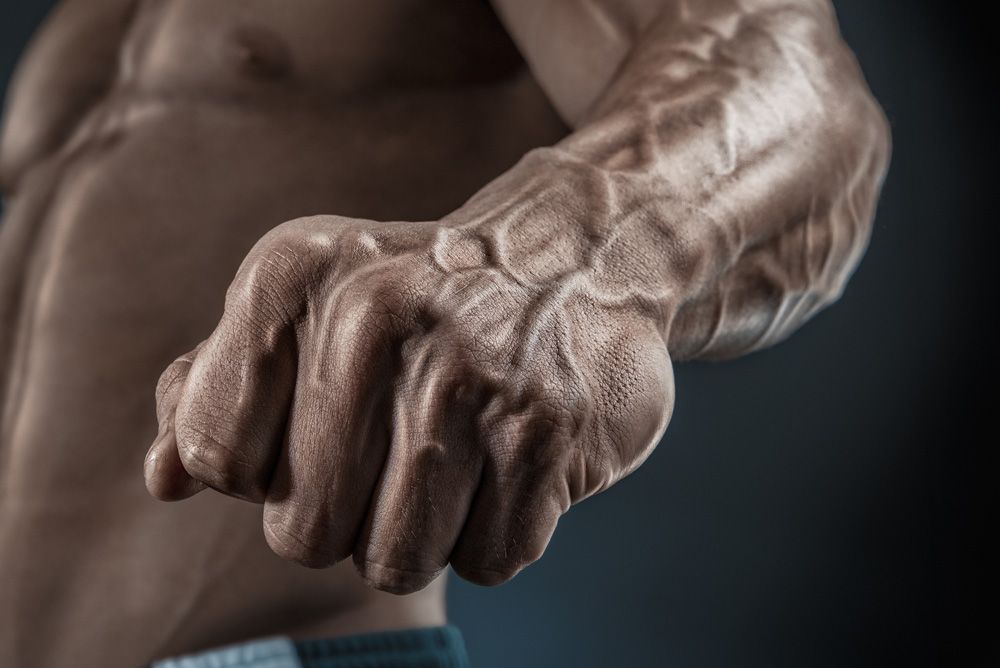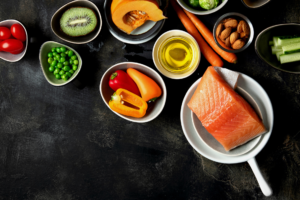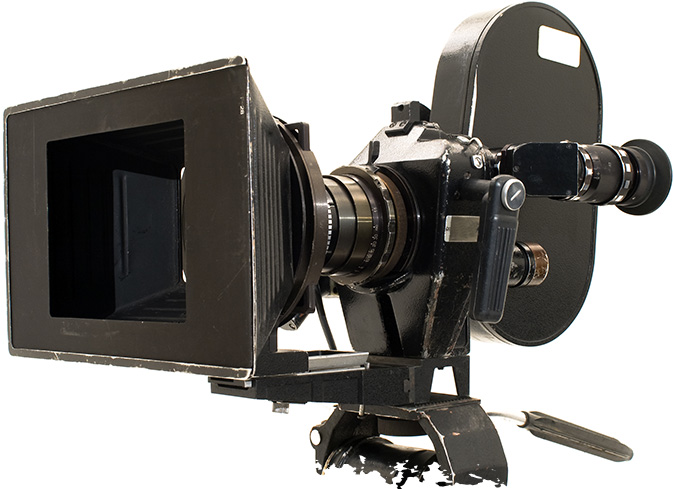
The Bullet Proof Body Part 4: Grip
The bullet proof body would not be complete without talking about one of the most overlooked aspects of raw strength; grip training. Having a vice like grip not only increases your capacity for strength, it’s a vital part of being injury free as well. This article will follow suit as the rest of the series.
First we’ll look at anatomy, then why grip training is so important, and finally how you can incorporate it into your regime.
What is the biggest signifier of strength? Some may say it’s thick tree trunk legs, others may go for huge traps that look like mountains on someones shoulders. Although I’d agree, I believe that having forearms that look like bowling pins is up there with desirable alpha male features. The way I see it, a strong grip equals a strong person. Here I will be discussing why training your grip can not only dramatically improve strength and muscle, it can prevent things like tennis elbow, carpel tunnel and shoulder issues.
Have you ever been doing a squat, and then suddenly you fall over? You completely give way as your feet could no longer handle supporting the rest of your body. This may happen once in a while when doing a 20 rep squat set with a heavy weight, however you will appreciate your feet fatiguing isn’t really a common occurrence. The same can’t be said for people losing their grip when training.
Have you ever had to stop a set of rows because your forearms have engorged with blood and you can barely close your hand? This can be a surefire sign that your grip is a significant chink in your armour. As you will have heard me say before, you can only ever be as strong as your weakest link.
Right then, geeky bit.
Your grip is dictated by the strength of muscles that surround your forearm. Muscles on the same side as the palm of your hand are called Flexors, whereas ones on the knuckle side of you forearm are called Extensors. These groups of muscles originate on the lateral and medial epicondyle of the humerus (outside and inside of the elbow). The flexor group is responsible for the closing of the hand, whereas the extensor group opens the hand. Like any structure in the body, we would ideally like opposing muscle groups to be equal in strength, however this isn’t always the case.
Modern day living, (sitting at a desk and typing) has our hand, wrist and fingers in a predominantly flexed position. This can lead to the flexor side of the forearm complex becoming short and the extensor side becoming long. When there is a muscle length discrepancy in the forearm, the pull on elbow joint becomes uneven. This will pull the joint slightly out of place, potentially causing tennis elbow or tendinitis. Therefore, having healthy elbows is largely dictated by the forearm muscle strength and balance.
If you have read the first 3 parts of the bullet proof series you will have come across the term “Kinetic Chain”. This means a chain of energy that is potentiated by the previous link before it. You may presume you need strong biceps and back muscles to do a pull up, this is true, but first you have to consider the muscles that feature first in the chain, the forearms.
A weakness in forearms means strength of the entire chain will be compromised. If you do exercises that specifically target the grip, you will see great transfer into all other aspects of your training. Here are my top 3 recommendations for strengthening the grip.
1. Train with thick grip implements
Increasing the diameter of a handle makes gripping the implement much harder. When the hand is more open, the wrist and hand flexor muscles are working in a lengthened position, meaning they have to work harder. When the grip strengthens in this region, it increases the strength potential in a more mechanically advantageous position (closed hand). Think of it in the same way as doing deficit deadlifts, this will make you better at normal deadlifts. If you don’t have access to thick grip dumbbells, using Fat Gripz will have the same affect. I would recommend starting on easier exercises, such as bicep hammer curls first, then moving onto fat grip deadlifts as your grip improves. I would not use Fat Gripz for deadlifts at the beginning of your workout, but rather at the end as a finisher.
2. Train Wrist Extension
If you have been lifting weights for a while, I’m sure you will be familiar with the concept of training opposing muscle groups. These are things like Chest and Back, Biceps and Triceps and so on. It makes sense that if you train something on one side, you should always train the other. Pretty much all gripping movements heavily involves the fingers. The fingers are flexed using the wrist flexors. As this is the case, imbalances can develop between the flexors of the hand/wrist (palm side) and the extensors of the hand/wrist (knuckle side). Training wrist extension is a simple way of balancing out forearm muscularity, It keeps the elbows healthy and will increase strength capacity in the grip. Wrist extensions can be easily performed by grabbing a dumbbell, stabilising your forearm and rotating your knuckles towards your elbow. I would do sets of 15-20 reps with a light weight.
3. Build foundations early on
If grip is a limiting factor, it becomes very tempting to use support such as straps. This makes sense, but means you are strengthening one part of a chain and neglecting another weak link. Never neglect your weak links. If your grip gives out on an exercise then I would recommend reducing the weight and accumulating significant time under tension before looking to increase the weight.
An excellent exercise to do this with would be farmers carries. Use farmers walk implements (or dumbbells if your gym doesn’t have them) and carry them up and down the gym for approximately 60 seconds. Once you can do this for 3 sets, increase the weight. This is a fantastic exercise for the shoulders, back, core and grip and allows the body to grow systemically rather than locally. Straps are a very good tool, but only if you have been training for a number of years, and the weights you are pulling are getting up to double bodyweight. If you are not at this stage yet, I would avoid using straps.
And that concludes my 4 part series on the bullet proof body. If you want to be strong and injury free make sure you have;/
- Ample ankle mobility
- An iron core
- Extremely stable shoulders
- A vice like grip
With these features you will not only be able to put on more muscle and strength, you will be in the weight training game for the long run as well.

















